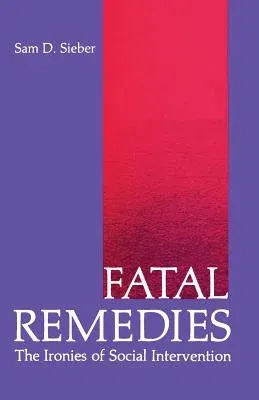Sam Sieber
(Author)Fatal Remedies: The Ironies of Social Intervention (Softcover Reprint of the Original 1st 1981)Paperback - Softcover Reprint of the Original 1st 1981, 26 November 2012

Qty
1
Turbo
Ships in 2 - 3 days
In Stock
Free Delivery
Cash on Delivery
15 Days
Free Returns
Secure Checkout
Part of Series
Environment, Development and Public Policy: Public Policy an
Print Length
234 pages
Language
English
Publisher
Springer
Date Published
26 Nov 2012
ISBN-10
1468474588
ISBN-13
9781468474589
Description
Product Details
Author:
Book Edition:
Softcover Reprint of the Original 1st 1981
Book Format:
Paperback
Country of Origin:
NL
Date Published:
26 November 2012
Dimensions:
21.59 x
13.97 x
1.37 cm
ISBN-10:
1468474588
ISBN-13:
9781468474589
Language:
English
Location:
New York, NY
Pages:
234
Publisher:
Weight:
303.91 gm

